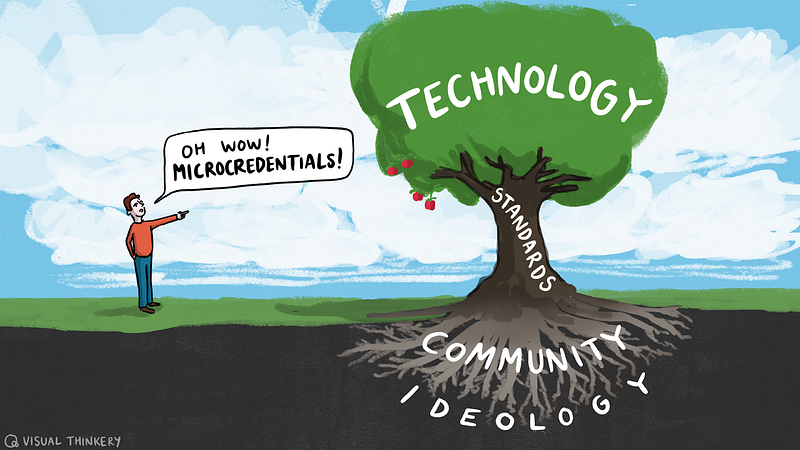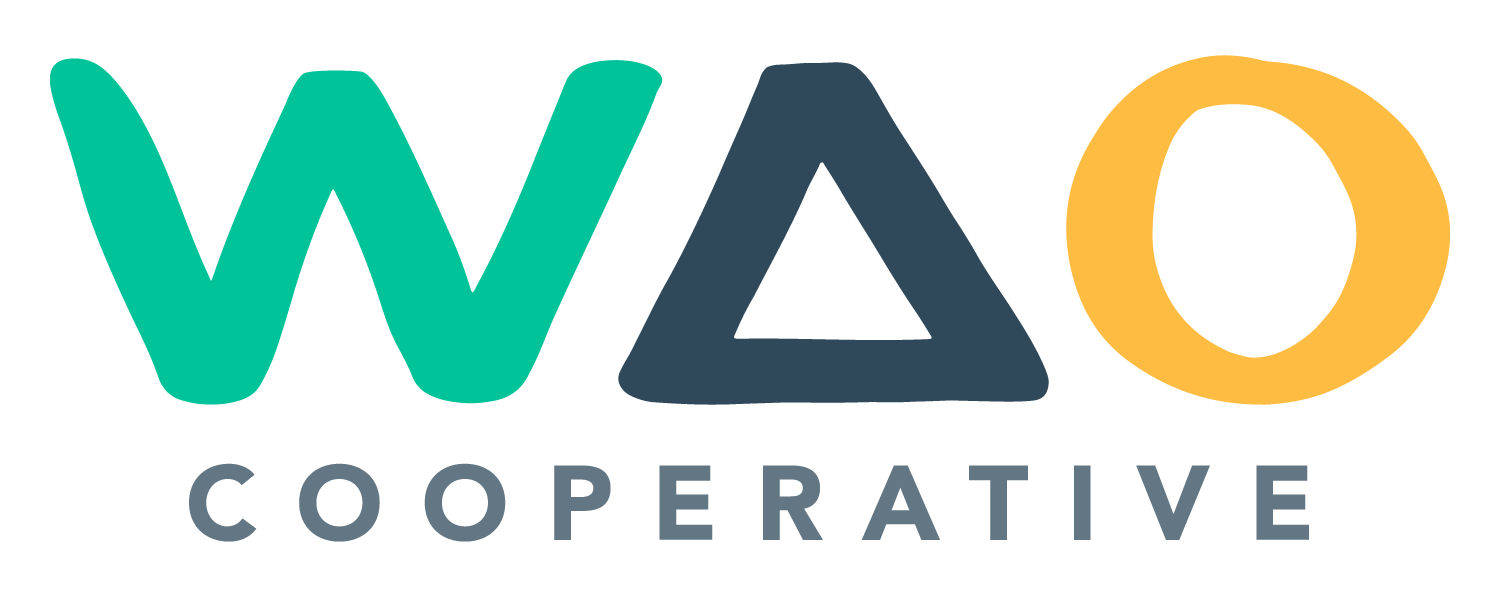
This is the fourth in a series of blog posts drawing on insights from a report authored by We Are Open Co-op for the Irish National Digital Leadership Network (NDLN). The report explores the historical roots of credentialing, the emergence of microcredentials, and the opportunities they present for reshaping education and professional development.
- Part 1 — Introduction and Context
- Part 2 — The Evolution of Credentialing
- Part 3 — Demystifying Microcredentials
- Part 4 — Trends Shaping the Future of Microcredentials (this post)
- Part 5 — The Role of Technology in Microcredentialing
- Part 6 — Challenges and Risks in Microcredentialing
- Part 7 — A Vision for the Future of Microcredentials
Microcredentials are emerging as a significant development in education and professional development, reflecting broader shifts in how learning and skills are recognised. This post examines key trends shaping their future and explores how these developments are driving change across sectors. Our guiding concept in this is Open Recognition which encourages organisations to think more holistically about the knowledge, skills, and behaviours they seek to promote.
Skills-Based Hiring
One of the most influential trends is the growing emphasis on hiring based on specific skills rather than traditional qualifications. Employers are increasingly seeking candidates with demonstrable competencies that align with their organisational needs. Microcredentials provide a structured way to validate these skills in a way that is transparent and verifiable.
For organisations, skills-based hiring supported by microcredentials allows for more inclusive recruitment practices, reducing reliance on traditional proxies like degrees. However, to succeed, microcredentials must be recognised as credible and portable, ensuring they meet the expectations of both employers and job seekers. This means they should be built on open standards such as Open Badges.

Stackable Learning Pathways
The modular nature of microcredentials enables learners to build their qualifications incrementally, creating personalised pathways. This approach is particularly valuable for individuals balancing education with work or other commitments. Stackable credentials also align with the concept of lifelong learning, allowing learners to upskill or reskill as needed throughout their careers.
Aligning microcredentials with national or international qualification frameworks can enhance their value and portability, ensuring that learners can seamlessly combine credentials from different institutions or sectors. This alignment also supports employers and other organisations in recognising and valuing these credentials across diverse contexts. By working in collaboration, stakeholders can create systems that not only validate individual achievements but also enable progression and opportunity, therefore creating a connected and inclusive learning ecosystem.
The Role of Open Standards
The adoption of open standards, such as Open Badges and Verifiable Credentials, is critical to the future of microcredentials. These standards ensure that credentials are portable, secure, and interoperable across systems. By making use of metadata, they provide detailed information such as the knowledge, skills, and/or behaviours validated, the criteria met, and the issuing organisation. It may also include any endorsements made by individuals and organistions, further enhancing the value of the microcredential.
Open standards also facilitate the integration of microcredentials into digital wallets, meaning individuals can store and share their achievements easily. This approach empowers learners to take ownership of their credentials while ensuring transparency and trust.
Technology and Innovation
Emerging technologies are transforming how microcredentials are issued, managed, and verified. For example, Artificial intelligence (AI) is being used to map skills and recommend personalised learning pathways.
However, these technologies must be implemented responsibly. Issues such as data privacy, ethical AI use, and accessibility must be addressed to ensure that technological advancements benefit all learners and do not exacerbate existing inequalities.
Collaboration Across Sectors
The success of microcredentials depends on collaboration between education providers, employers, policymakers, and technology developers. These partnerships can ensure that microcredentials remain relevant and aligned with industry needs while encouraging innovation in how learning is recognised.
For example, microcredentials can be used to::
- Charities — Recognise skills gained through volunteer work, fundraising activities, and advocacy campaigns, enabling participants to showcase their contributions effectively.
- NGOs — Validate the skills of community workers and volunteers, making their contributions visible and valued.
- Co-ops — Highlight informal learning and collaboration, supporting shared growth and innovation among members.
- Businesses — Align microcredentials with organisational values, such as sustainability or diversity, to enhance staff development and retention.
- Higher Education — Partner with businesses to design credentials for emerging fields like green technology or AI ethics, and create opportunities for targeted, stackable learning pathways.
Looking Ahead
The trends shaping microcredentials reflect a shift towards more flexible, inclusive, and skills-focused education systems. By embracing open standards, leveraging technology, and fostering collaboration, organisations can unlock the full potential of microcredentials to meet the needs of learners and society.
In the next post, we’ll explore the role of technology in greater depth, examining the digital tools and frameworks that underpin modern microcredentialing systems.

Discussion